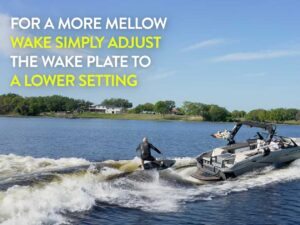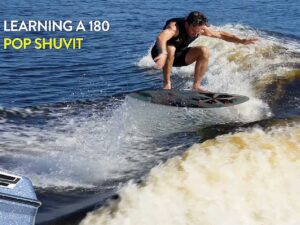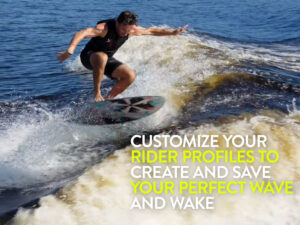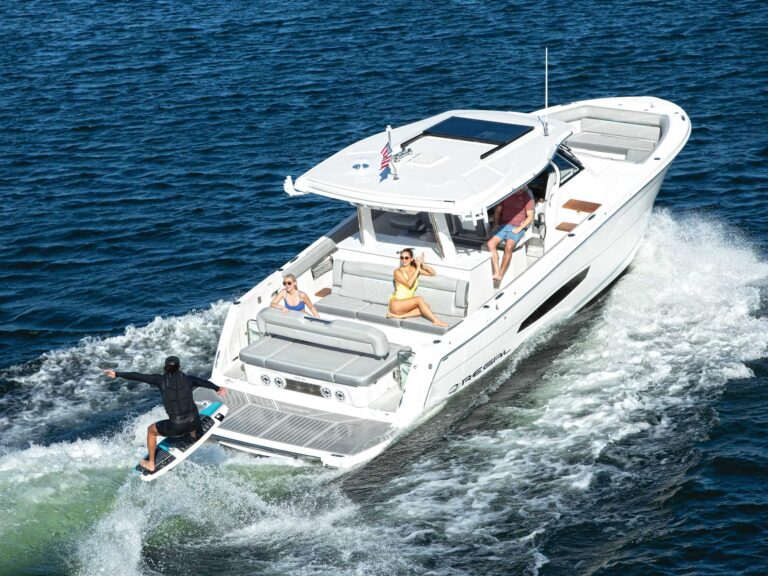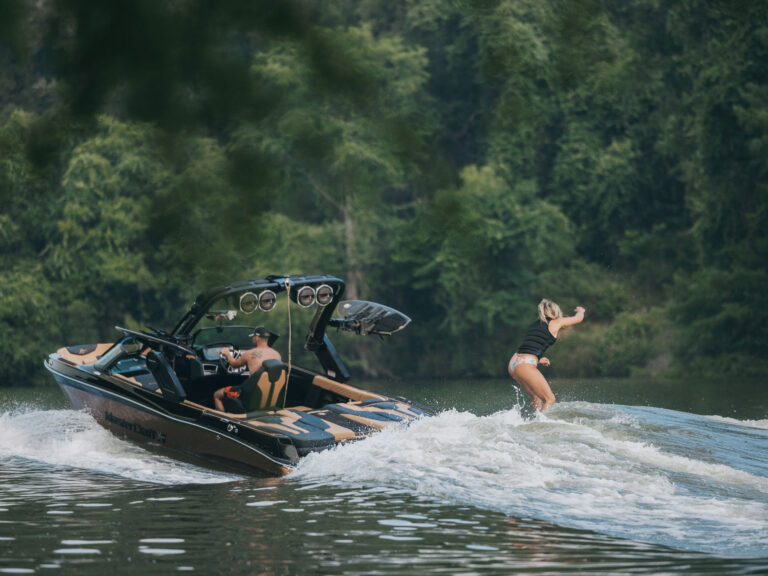Ever wonder how “flexible” boards became a normal thing? Explore the history with our “Famous Firsts” article from our March issue and learn all about it. It’s been a cool journey the sport has taken to get here. We interviewed most of the key players involved in this process. It made doing research for this piece incredibly fun. Check it out!
The Birth of Flex
Famous Firsts | Flex Technology | Words: Brandon Judd | Photos: Jason Lee, Adam Dodd, and Bill Doster
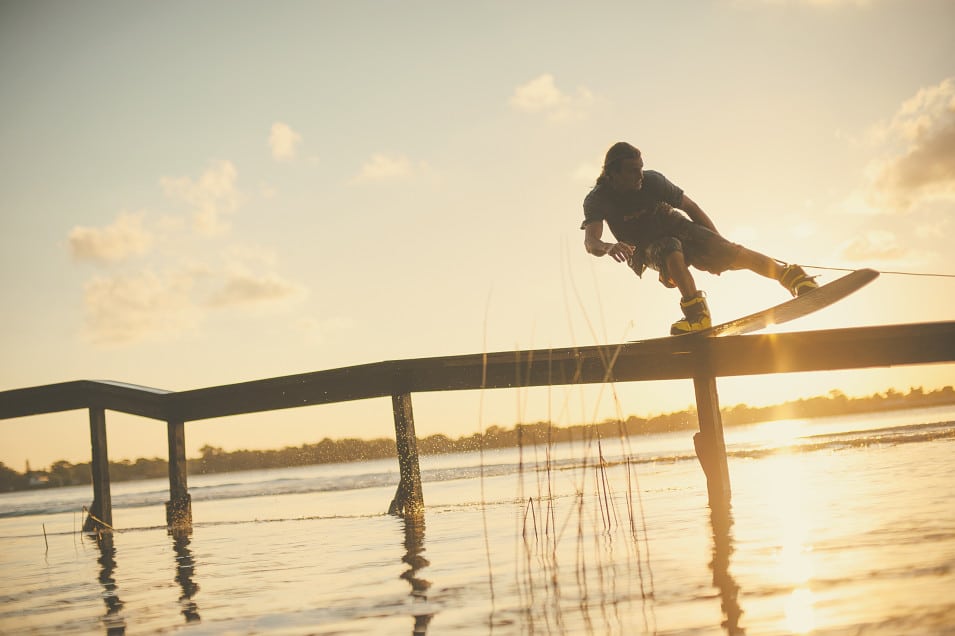
During my research of this topic, I was blown away at the extensive amount of history here. After interviewing the participants involved, researching old forums online and sifting through old magazines, I unearthed some fascinating little-known details about the history of flex technology.
Getting to the bottom of this took me back to Australia in 1990 to a man they call “Chief,” aka Grant Gettens. Most people don’t realize that he conjured up the very first, flexible, finless, twin-tip, wood wakeboard more than 20 years ago. The board was called “Cordial” and was laid up similar to a skate deck’s construction. It had a bit of flex to it and was ridden wake-to-wake and on the primitive rails of the day.
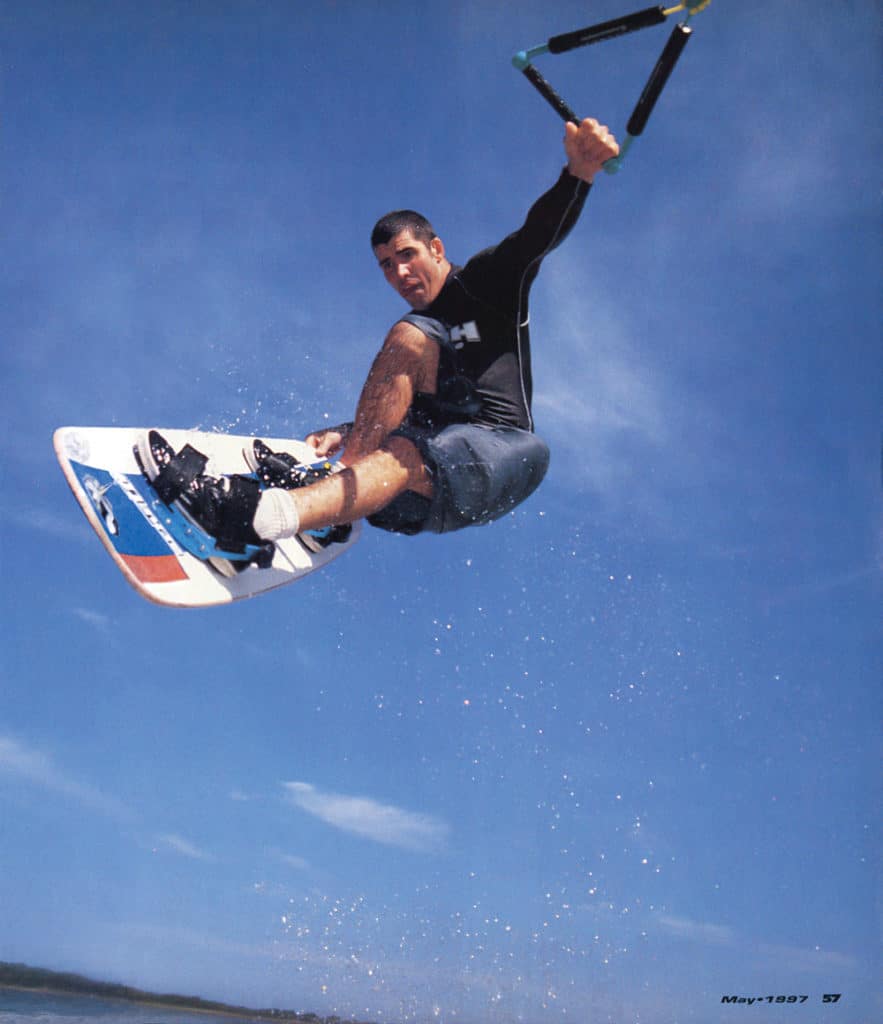
Fast forward to a Hyperlite team wakeboard exhibition in 1997. While in town for the event, Shaun Murray and Dean Lavelle took a set with Chief and Reece Jordan, who were both riding on and involved with the manufacture and design of the Cordial. Chief and Reece’s riding styles were so far ahead of their time and their gear was so different than what was out there that it caught Shawn and Dean’s attention.
Shaun brought a Cordial back to the States with him and played around on it a bit. Shaun can be seen buttering around on the tail of the Cordial in Sidewayz Film’s Switch by Ronn Seidenglanz. Shaun also brought the Cordial to Paul O’Brien, who was quite fascinated by its shape.
Fast forward to 2004, when Hyperlite released the Roam wakeboard, inspired by the Cordial but with a different construction and additional flex for a more rail-oriented ride. Now available to the masses, the idea of flex had officially opened the door of possibilities for flex characteristics to be incorporated in wakeboard construction moving forward.
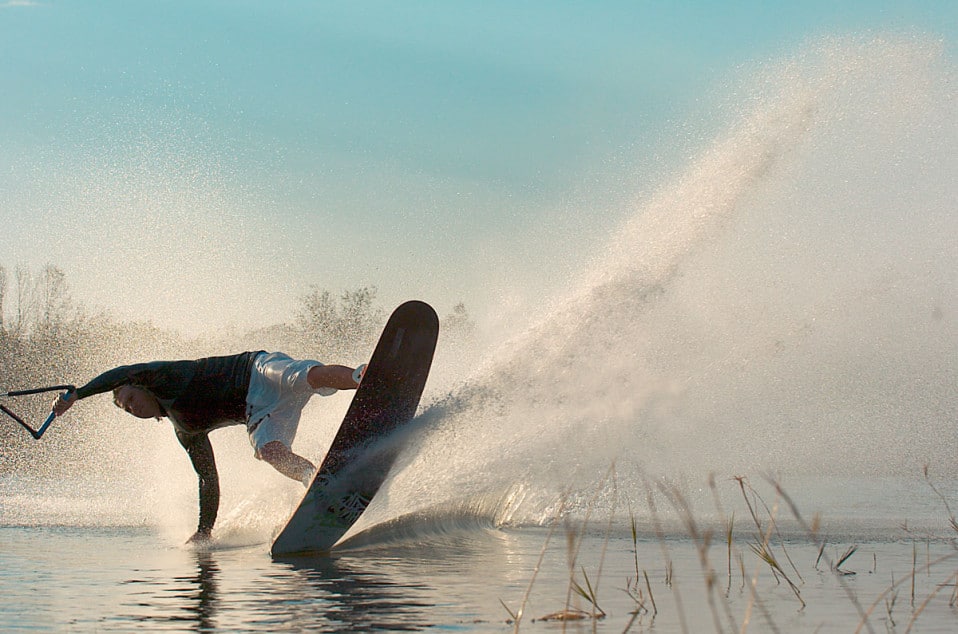
Meanwhile along another completely separate timeline of flex technology, the kiteboarding industry began constructing its boards with less rocker, thinner profiles, lighter weights and flexible characteristics. At that time, both Slingshot and Liquid Force were manufacturing kiteboards and saw the opportunity to bring these construction techniques to wakeboarding. At this point, there was a lot of controversy about whether this so-called “flex” was applicable to wake riding or whether its benefits were limited solely to rail riding.
This is where Slingshot stepped in. They entered the wake category officially in 2007. Since then, they have proven to the consumer that, given the right riding style, riding a flexible board on the wake can significantly benefit your riding.
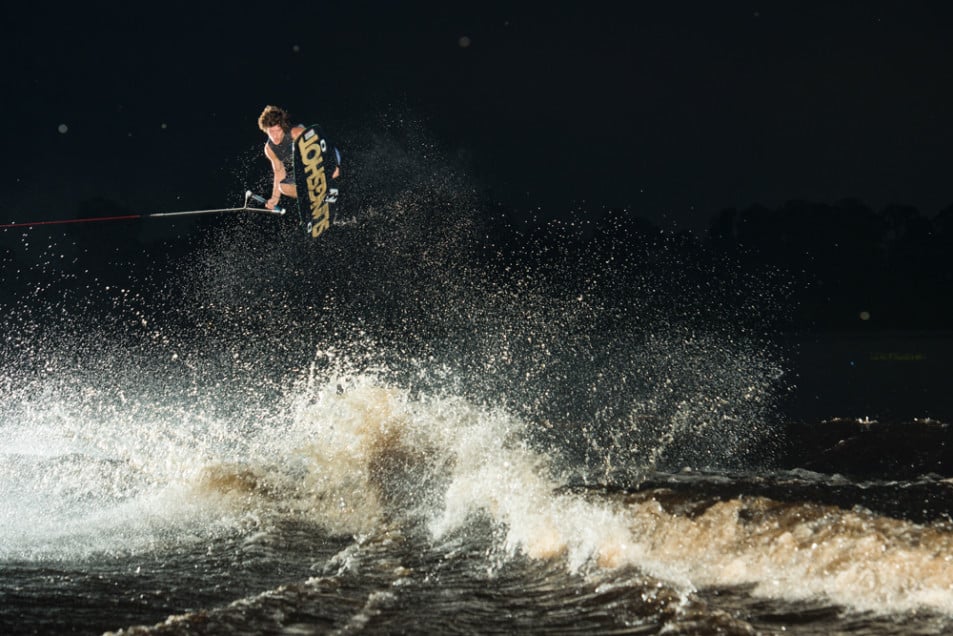
Liquid Force also helped flex’s reputation by introducing the “Hybrid” style of boards to their line in 2010. These boards have a stiffer belly to preserve the rocker shape through the wake and yet still reap many of the benefits of flex behind the boat and at the park.
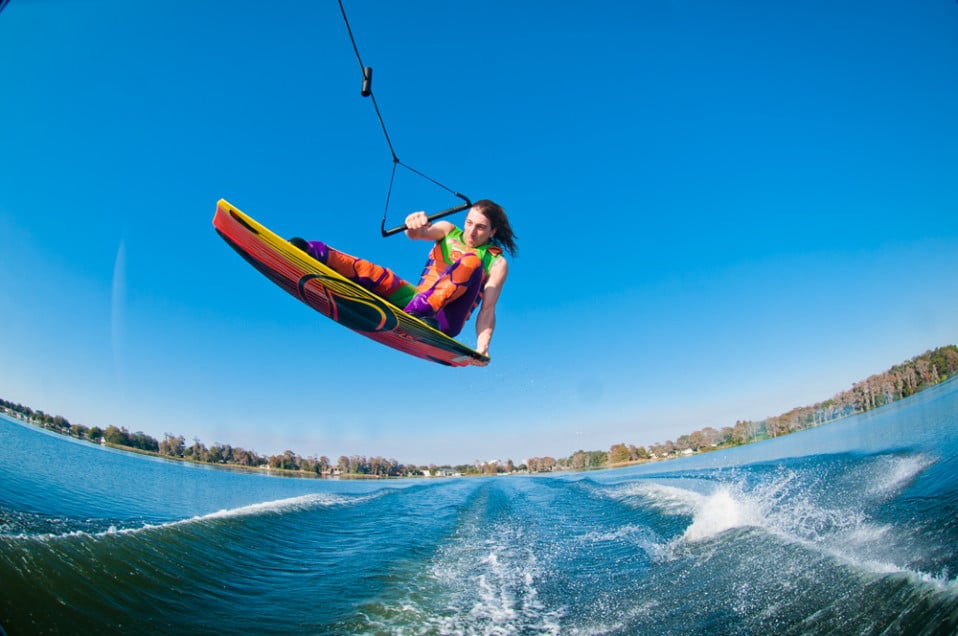
Every major wakeboard brand currently produces a board with some sort of flex characteristic. In fact, about 56 percent of the wakeboards on the market from the leading manufacturers for 2014 have advertised flex characteristics. Flex is here to stay. Now, with a diverse palette of flex patterns to choose from, you can select a board that is stiff in the belly and soft at the tip and tail or vice versa. The possibilities in flex are endless.
